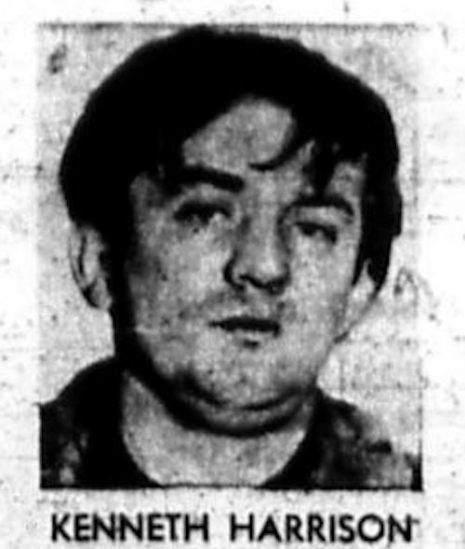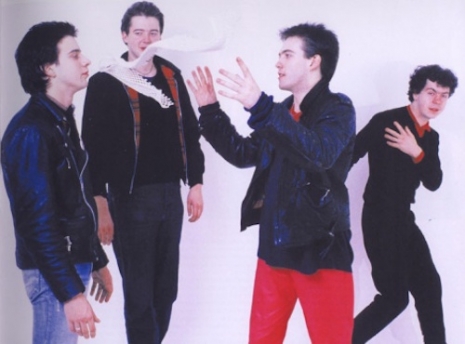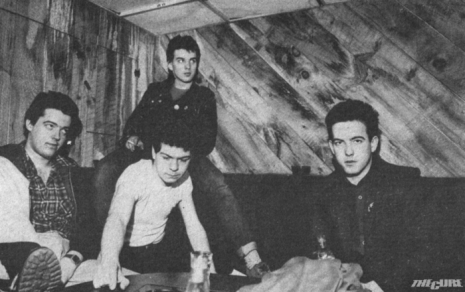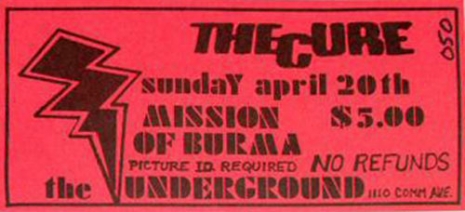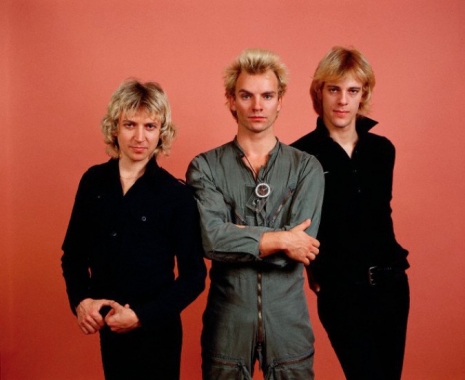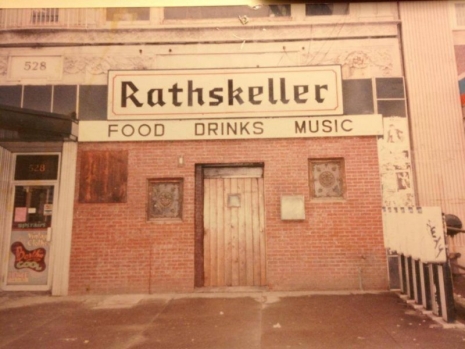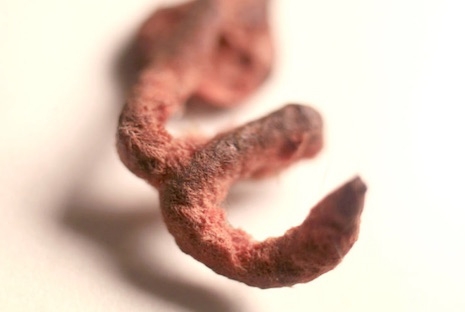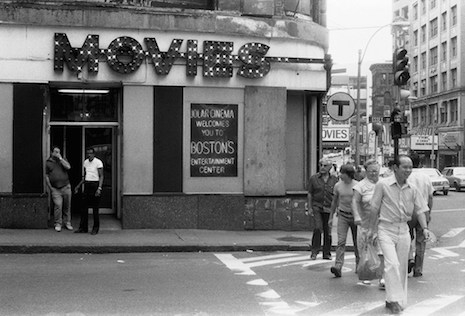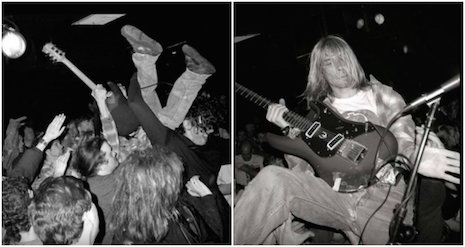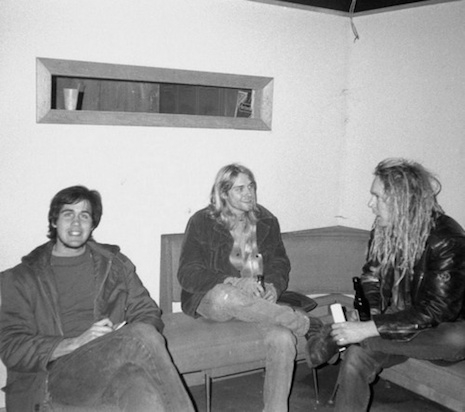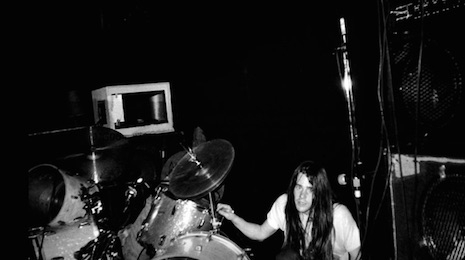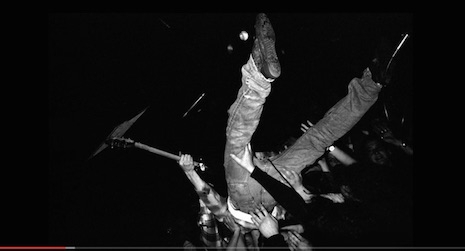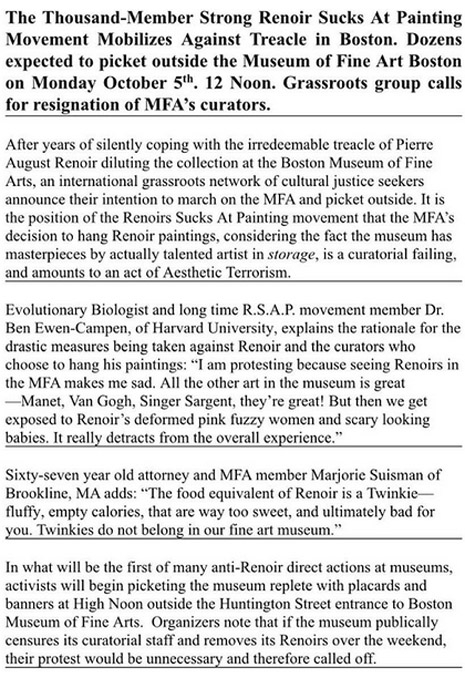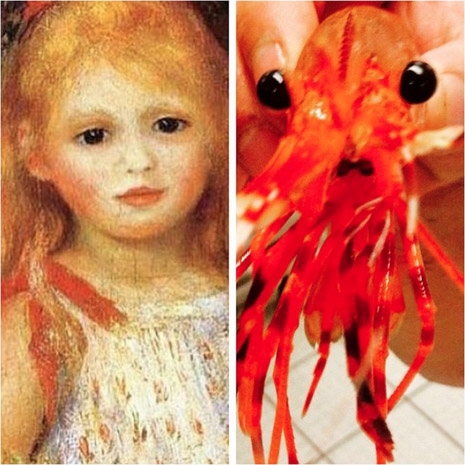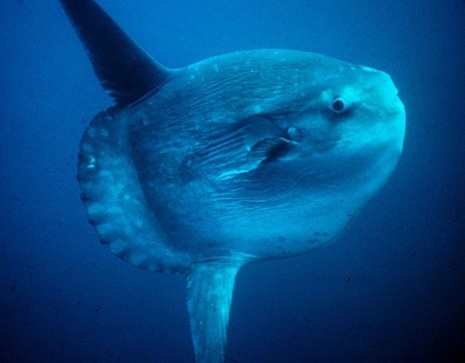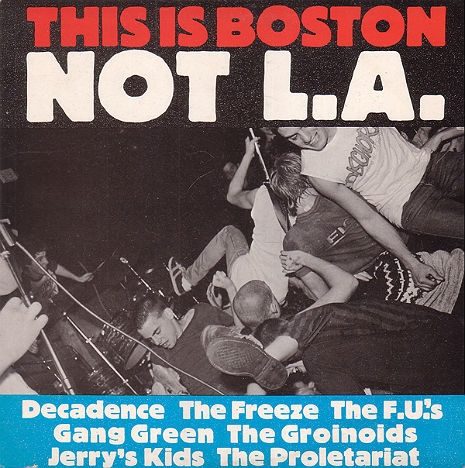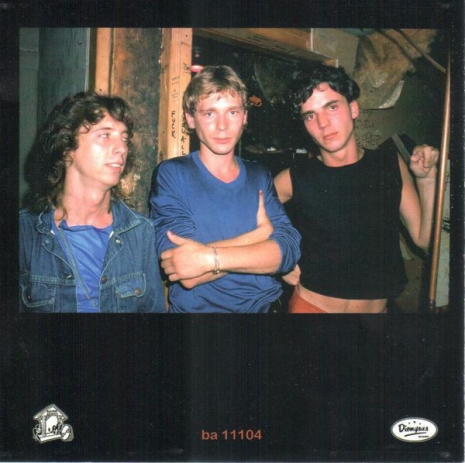
A vintage shot of Boston punk band, La Peste.
In the late 70s, Boston rockers La Peste took their name from French author and philosopher Albert Camus’ 1947 novel of the same name (called The Plague in English) and subsequently helped Boston’s punk scene take a giant leap forward with their special brand of caustic rawk. I mean it’s not like Boston didn’t have its fair share of notable hardcore punk bands like Gang Green and Jerry’s Kids. But La Peste was more like some of their L.A. or London-based punk rock counterparts, occasionally wavering into melodies along the lines of Bauhaus then slugging right back to the impetus of aggressive, flesh-eating punk that rings clear in their local hit single “Better off Dead.” La Peste was a big smash in 1978 and the trio was quickly front-page news after being named the winner in the Battle of the Bands competition held at the Inman Square Men’s Bar in the rock mecca of Cambridge, Massachusetts. La Peste would also make it to the finals of Boston-based rock and roll institution the Rock & Roll Rumble back when it was still curated by radio station WBCN, and where yours truly got her humble start. In order to help you understand the impact of La Peste, I’m going to use some well-chosen words from musician, author and Boston music historian, Johnny Angel, who here extolls the virtues of the band who by all accounts really should have made it big:
Like a freaking machine, they were, sinister and icy—sinuous and taut. Like Wire (the band) smashed hard into Sabbath. They came and went like a tornado, surfing that first punk wave like champions. Buzzsaw gits, jackhammer line-less bass, and precisely sloppy drumming. La Peste was just plain perfect.
As is often the case with great things, La Peste sailed off into that dirty water sometime in 1980 when dreamy vocalist Peter Dayton decided to form his own band following what he called his “Syd Barrett moment” in late 1979. The rest of the band now joined by vocalist Ian Stevens kept going for a while until fading into the murk a few years later. Sadly, La Peste drummer Roger Tripp—who some say played with the ferocity of Keith Moon—would be the victim of a drunk driver on New Year’s Eve in 1993 which lead Dayton and bassist Mark Karl to leave the band’s volcanic legacy in the past.
In 2011 it another Boston legend, filmmaker and videographer Jan Crocker put out a DVD containing footage of La Peste performing eighteen songs live in 1979 on a bill that they shared at the Rat with the legendary Nervous Eaters. I’ve included several of the band’s singles below as well as a clip from Crocker’s DVD for you to chew on. And by that I mean play it as loud as fuck. Though they only truly released one single (containing “Better off Dead” and its B-side “Black”), La Peste left behind a small but stellar catalog of music that was re-released by both Matador (in 1996 and in 2006 as Better of La Peste) and by California label Bacchus Archives.
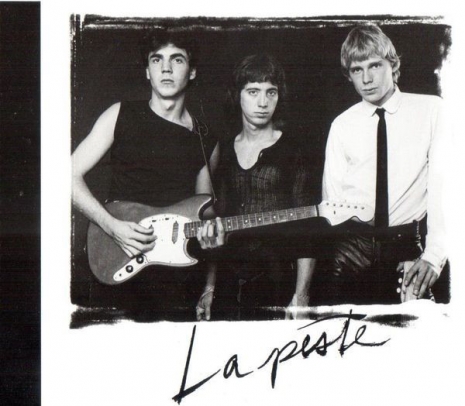
La Peste.
La Peste performing “Better off Dead” 1980.
More after the jump…






